
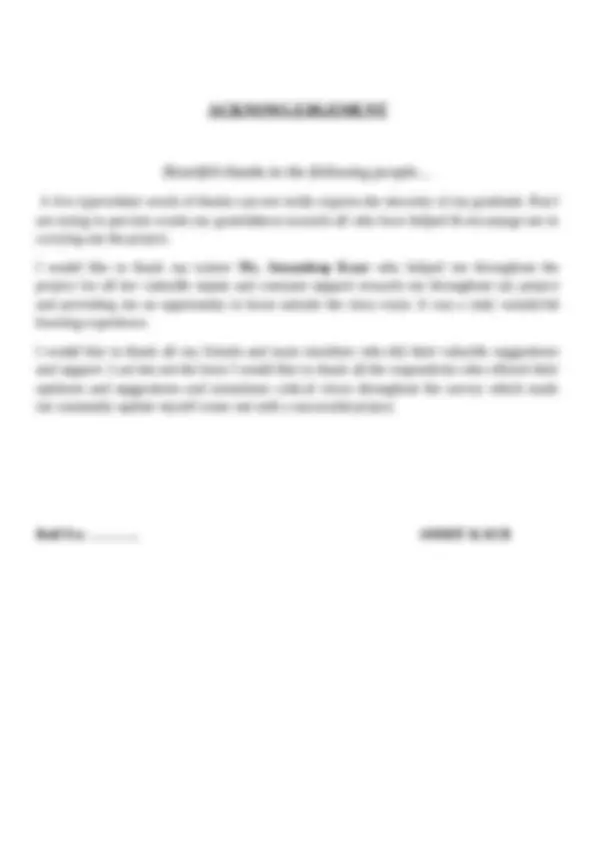
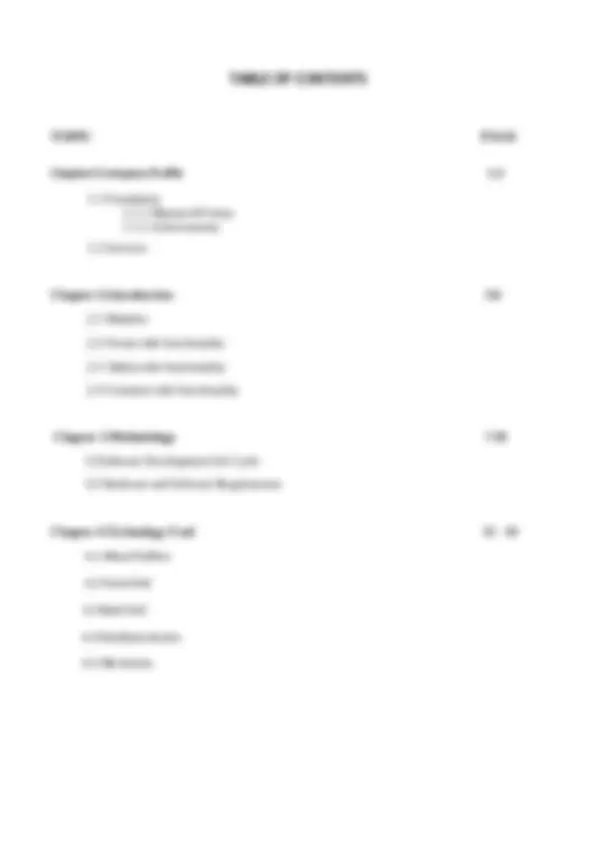
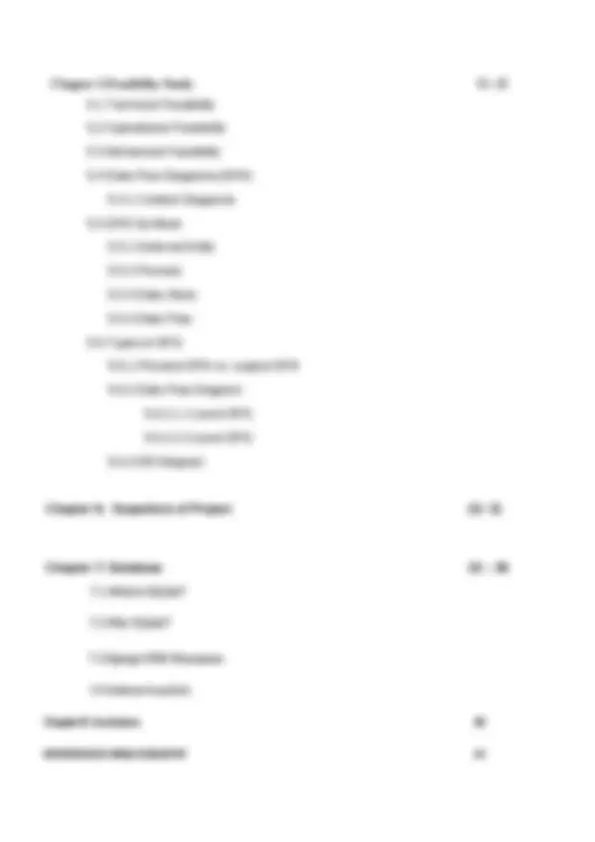
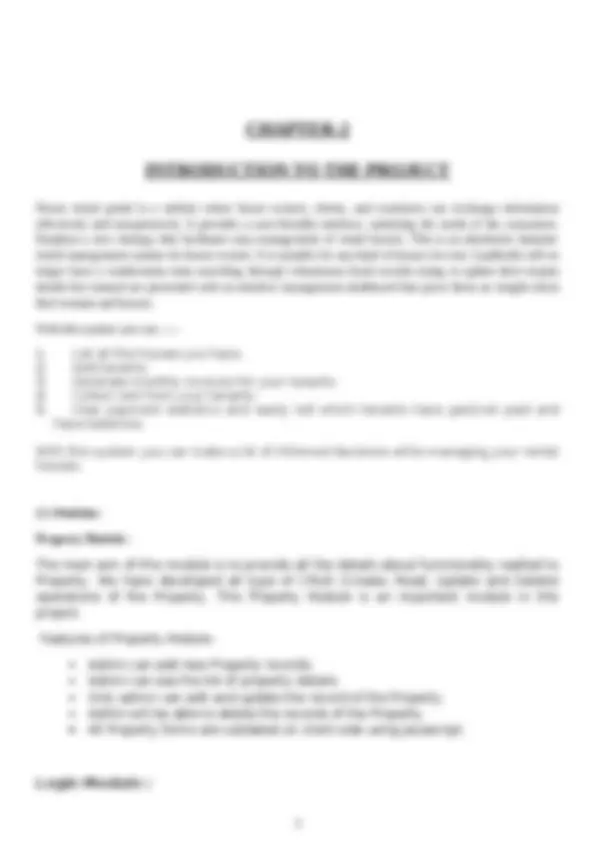
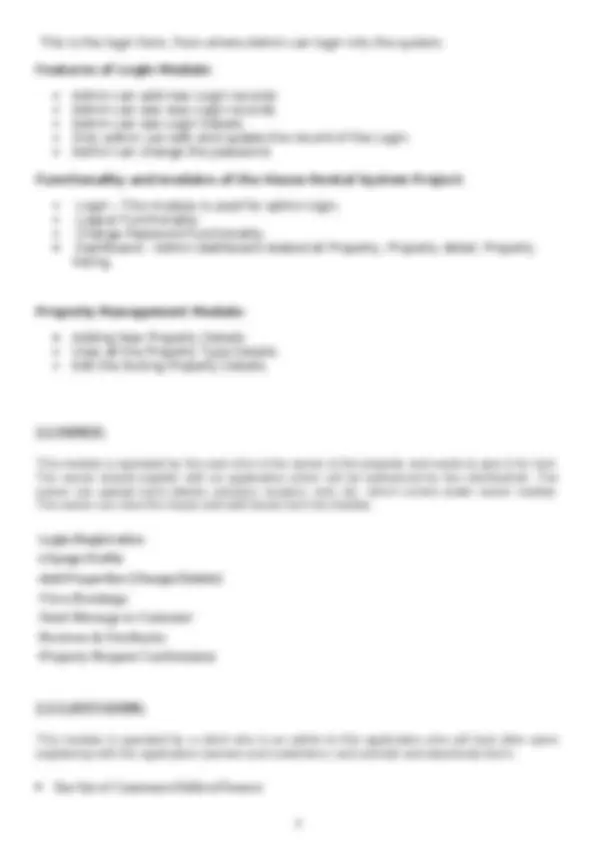
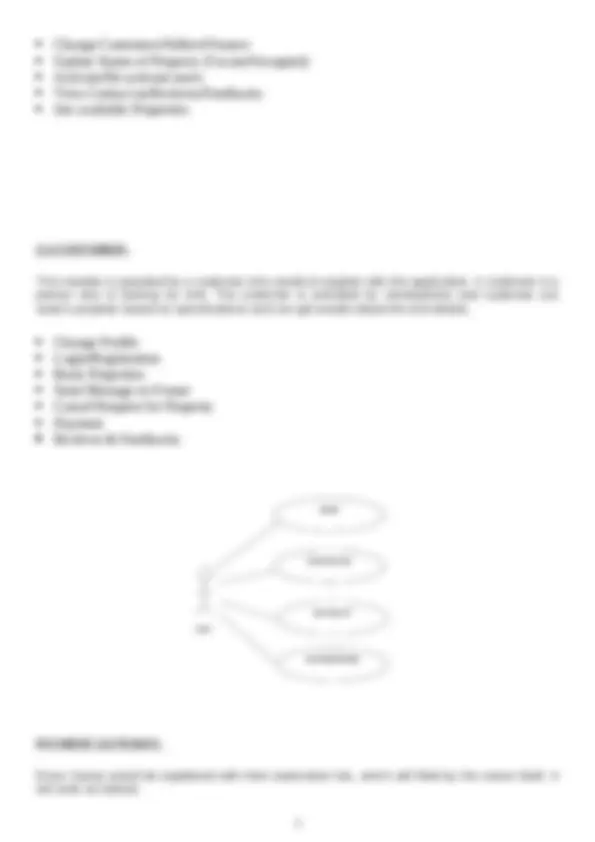

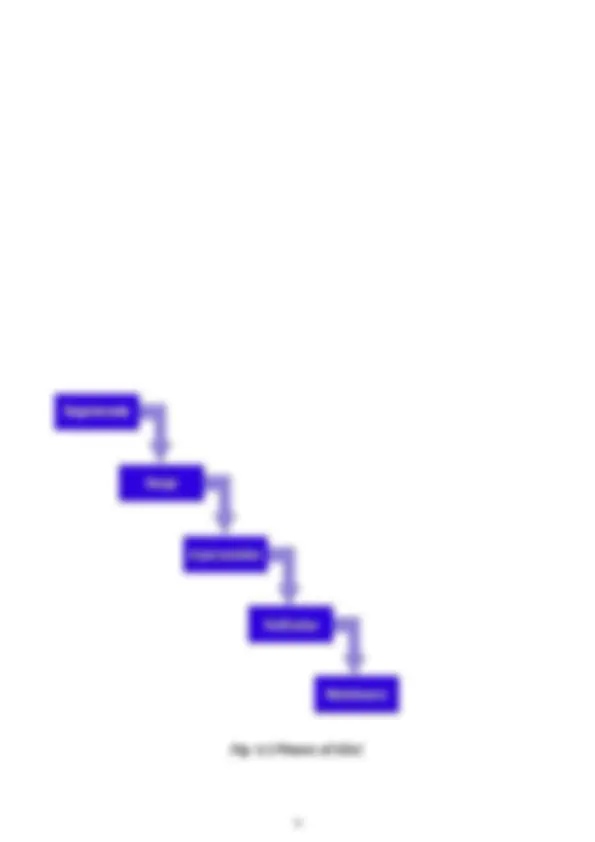
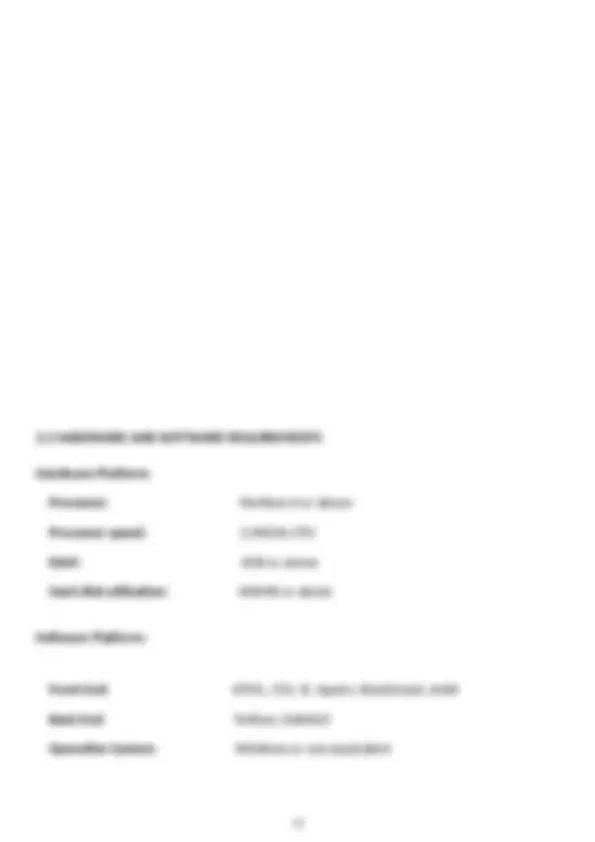
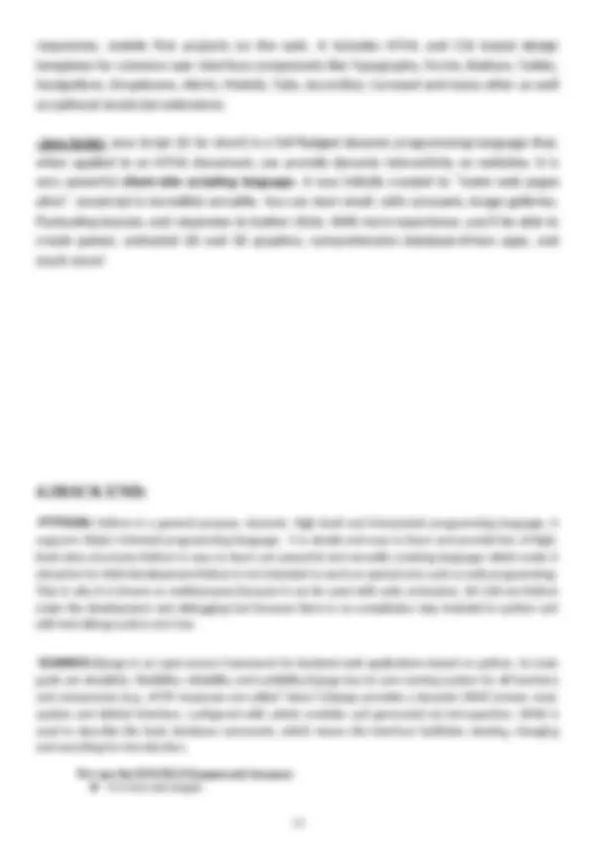
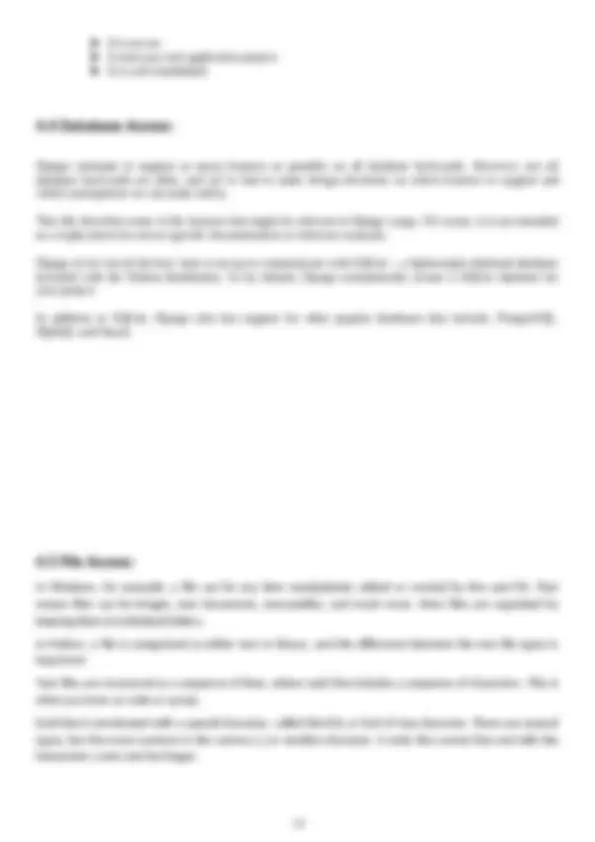
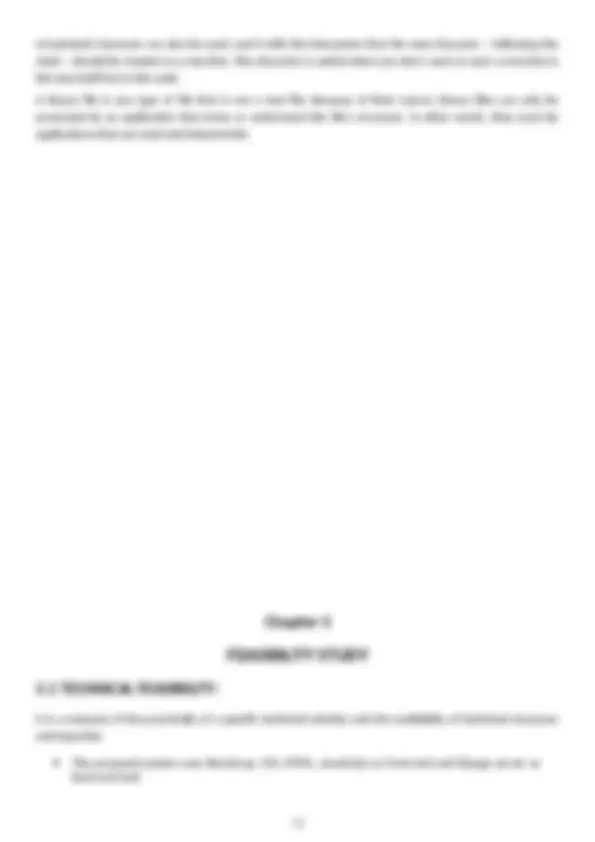
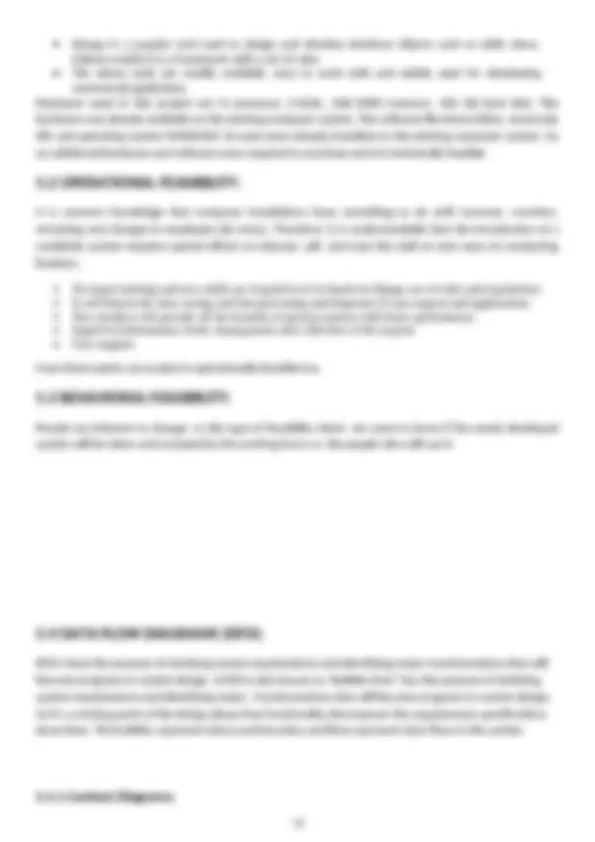
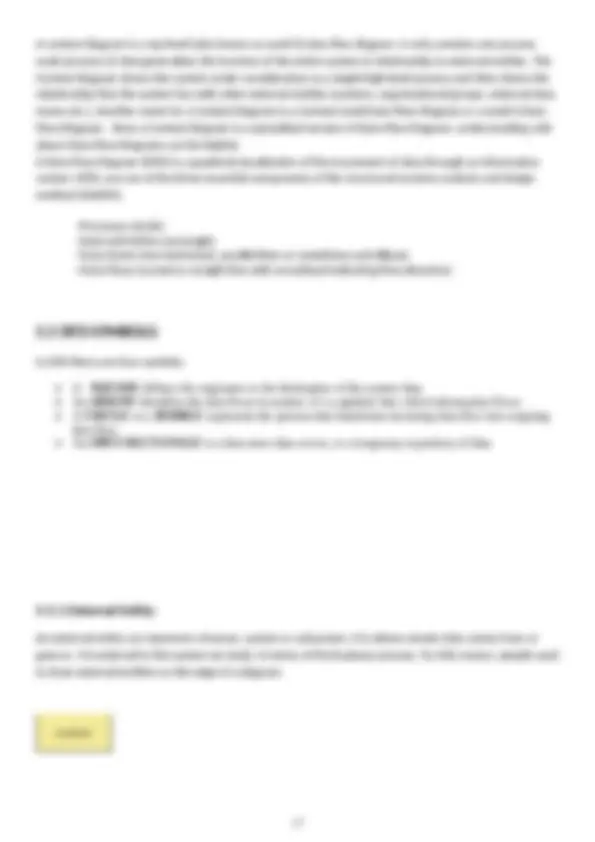
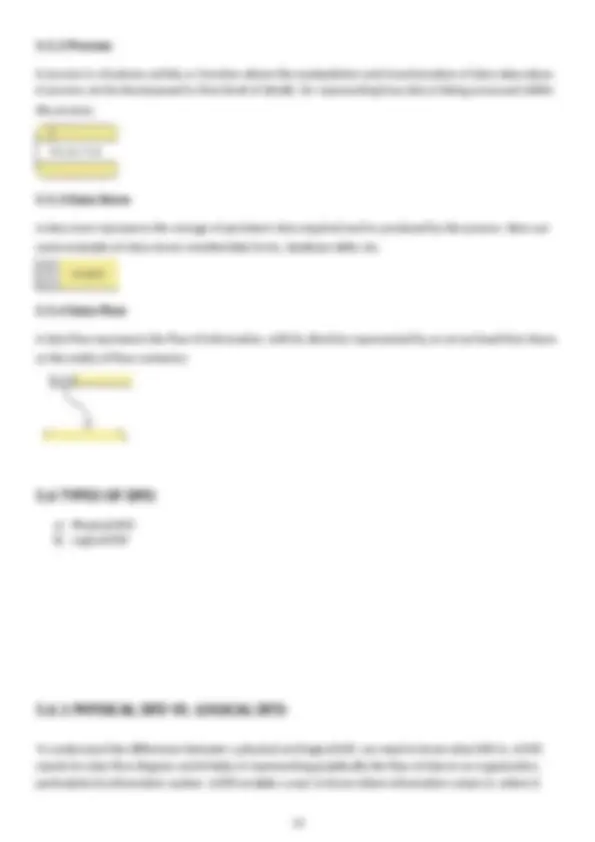
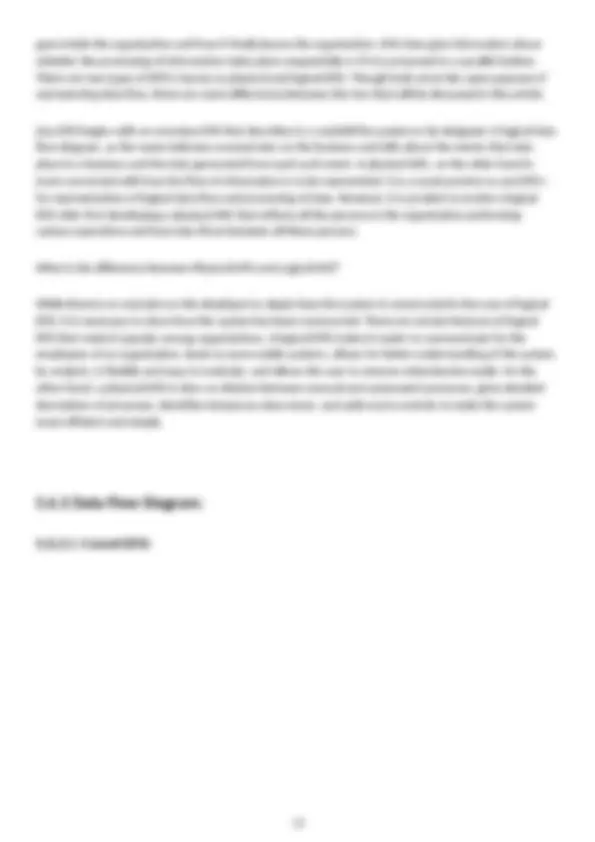
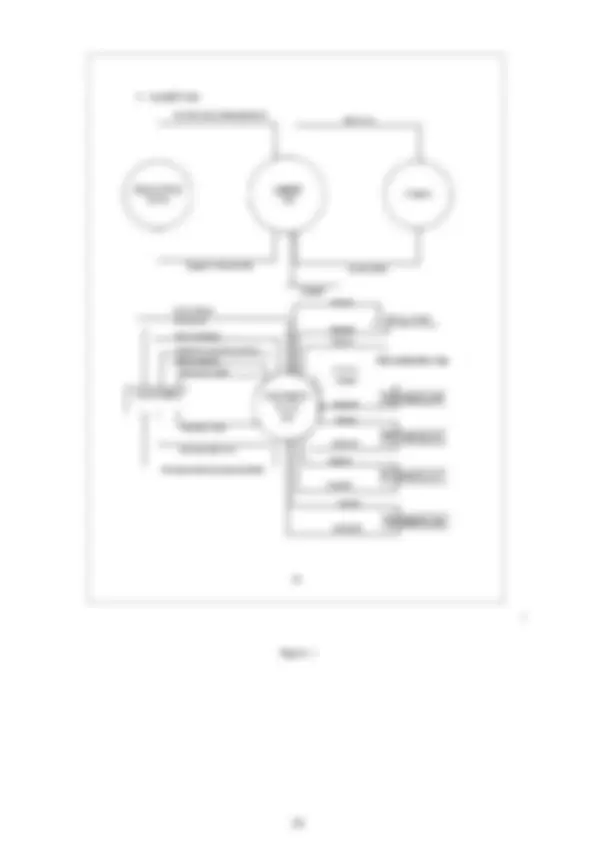
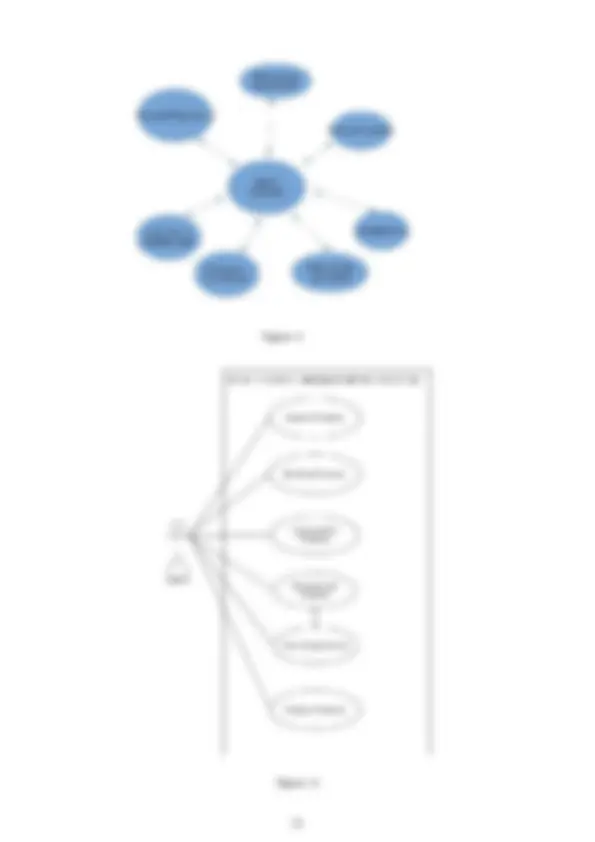
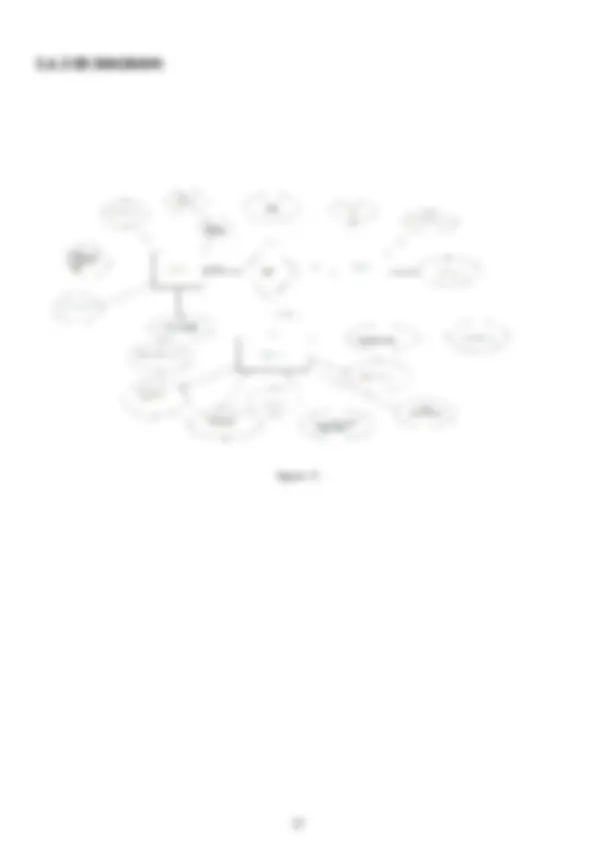
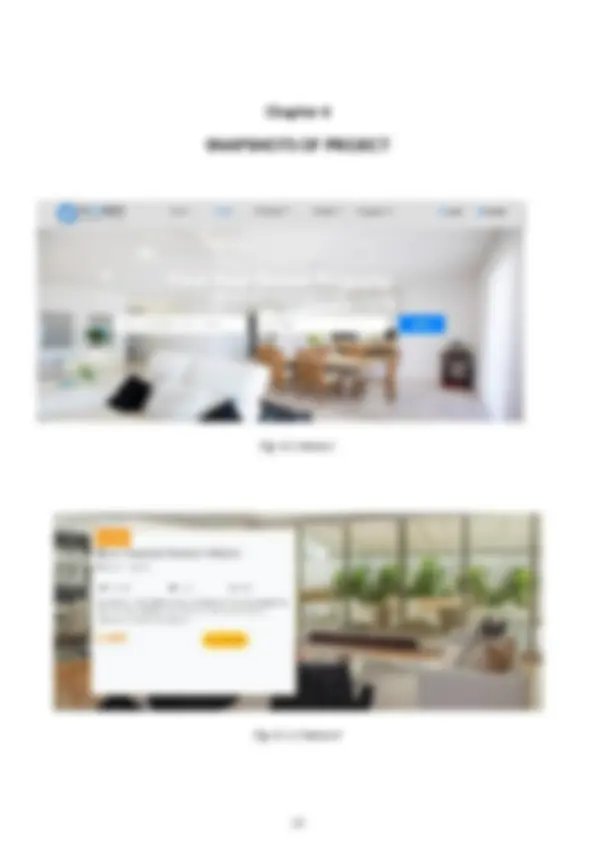
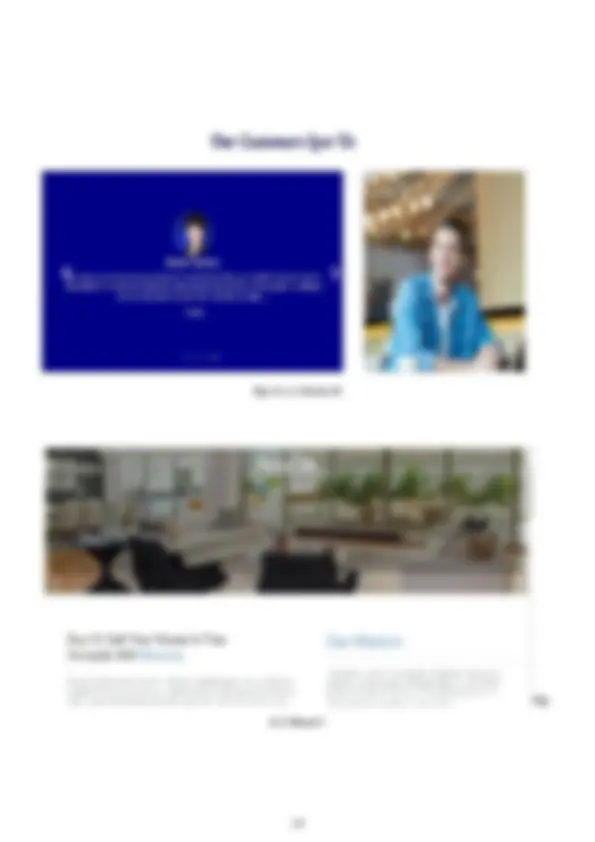
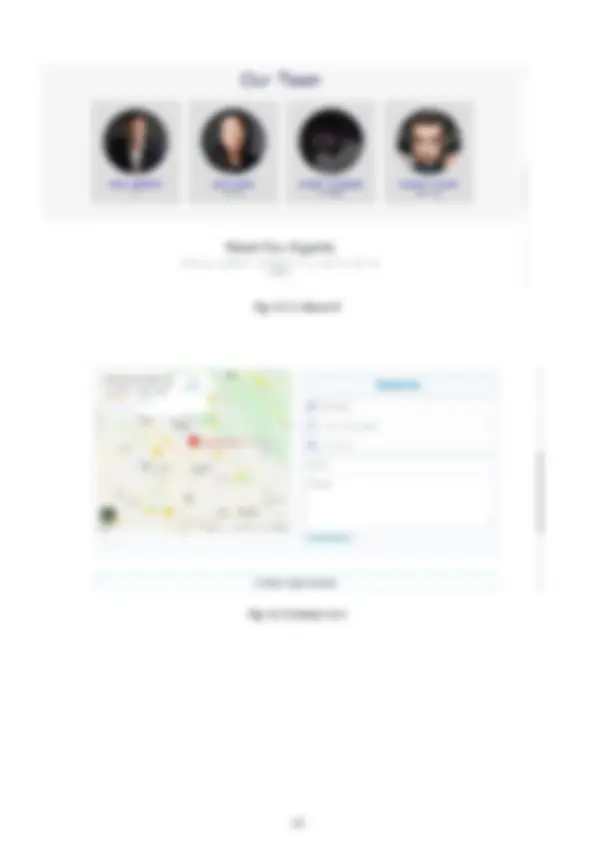
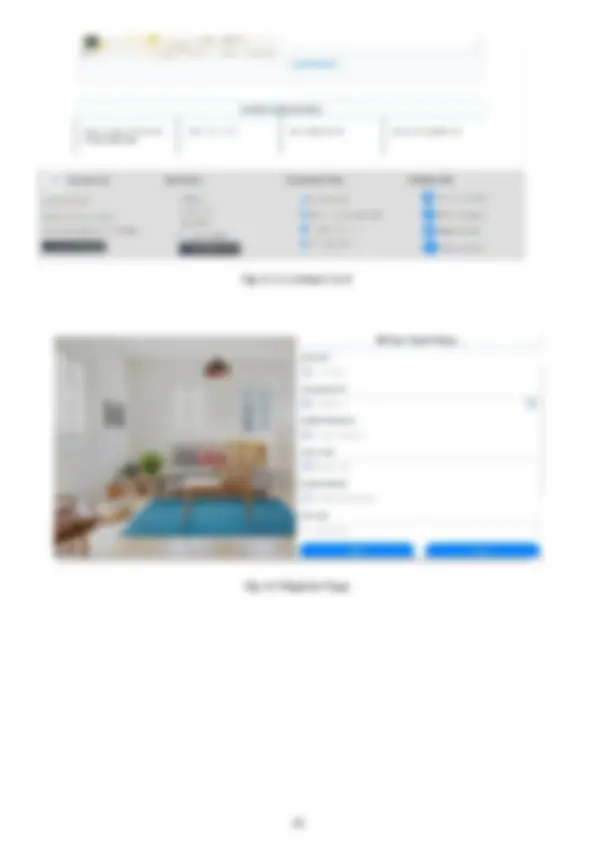
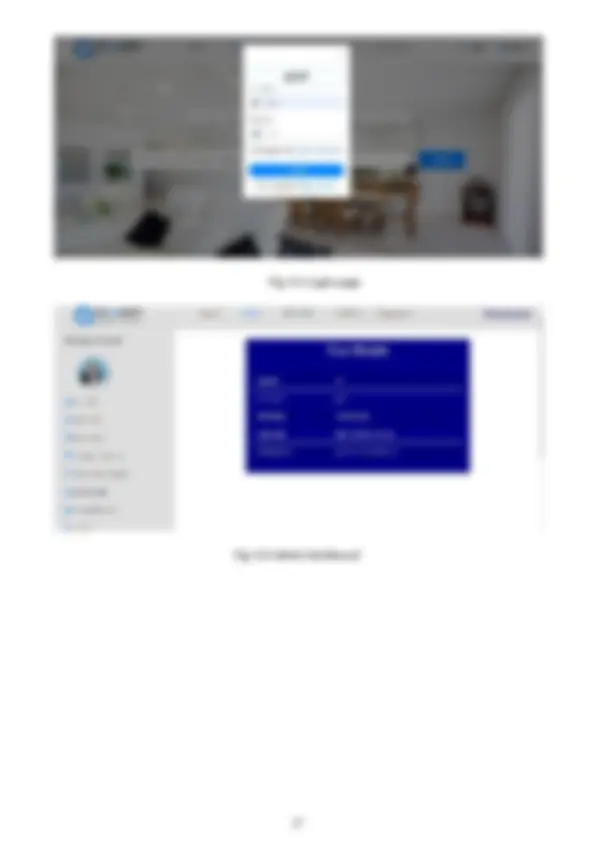
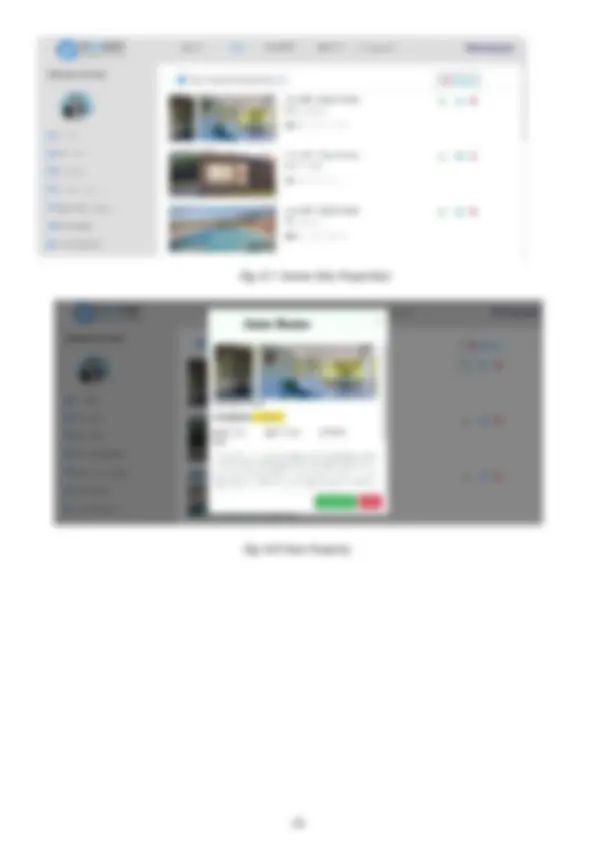
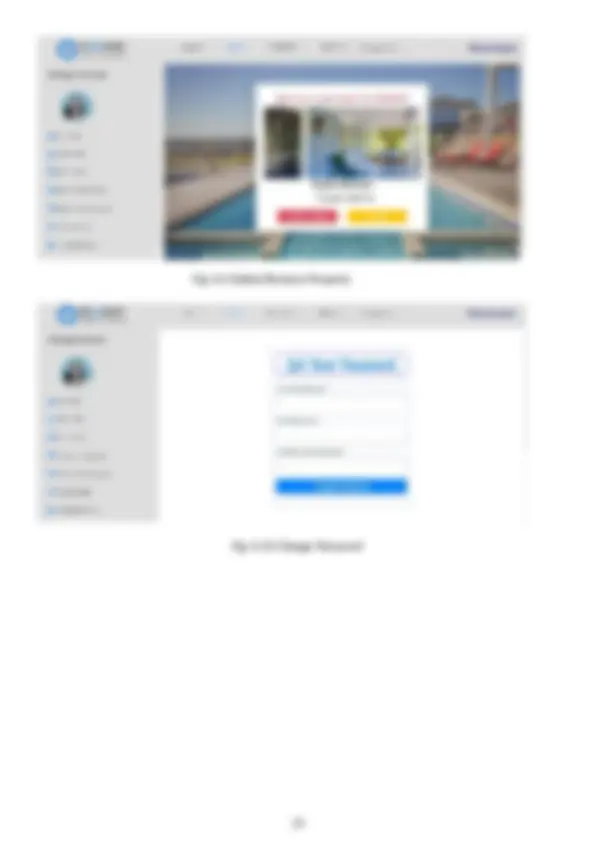
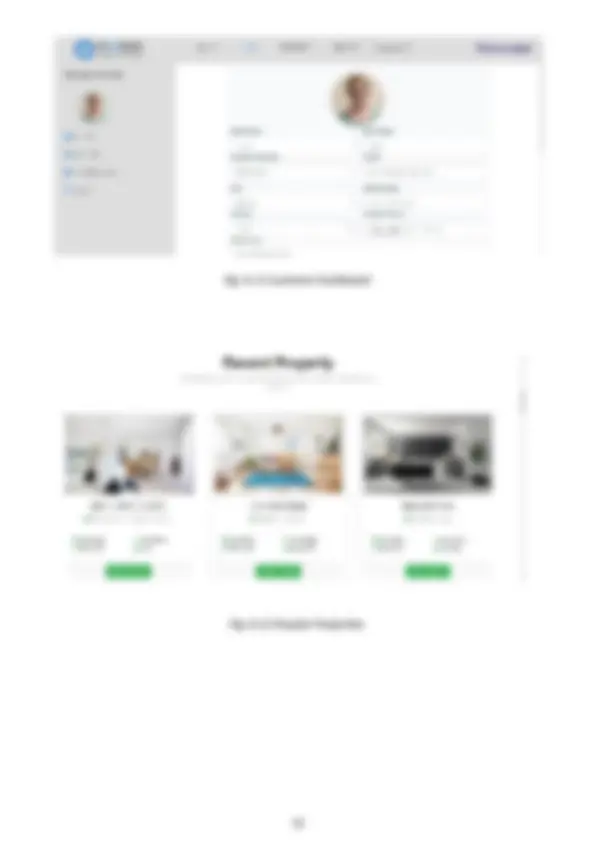
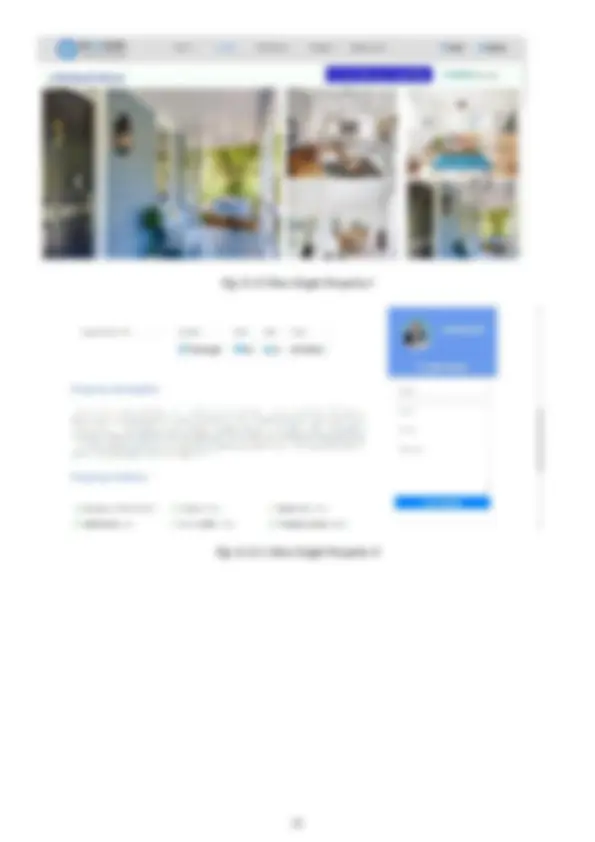

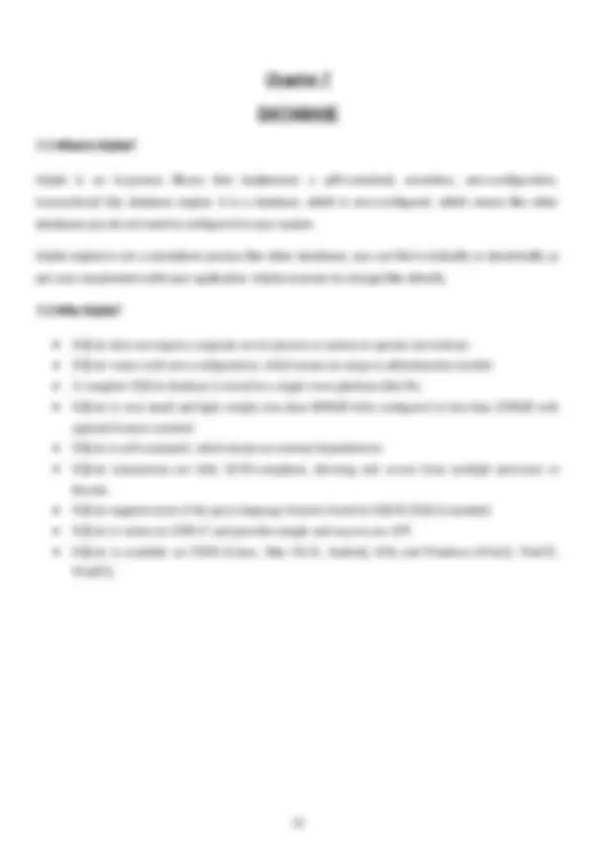
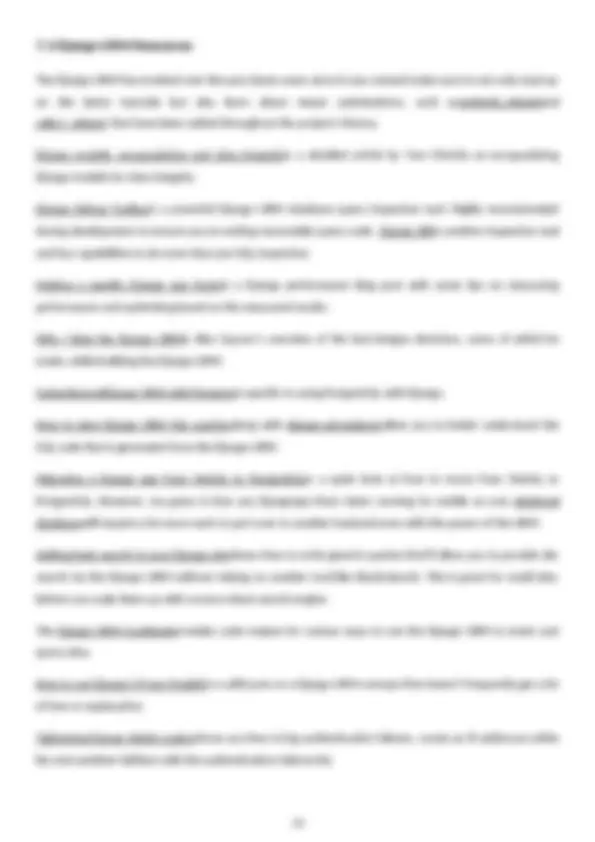
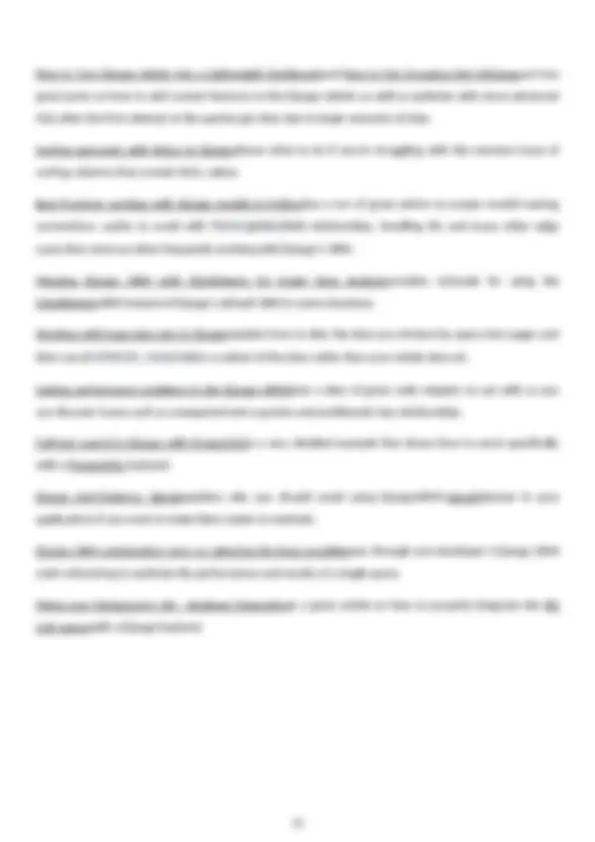
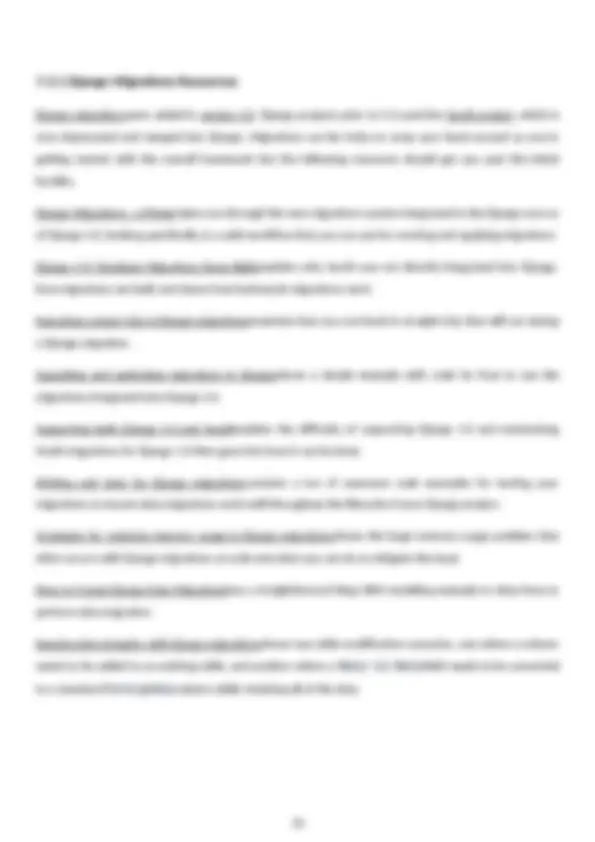
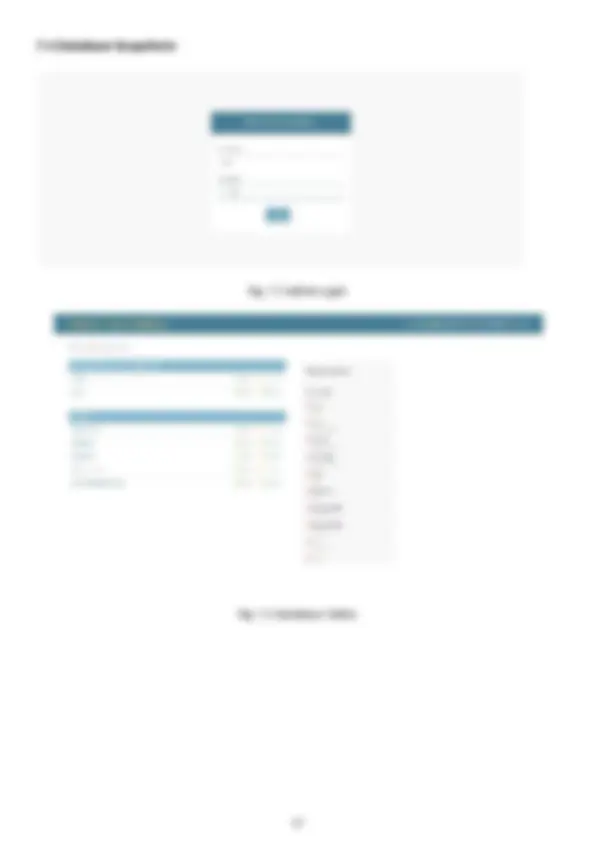
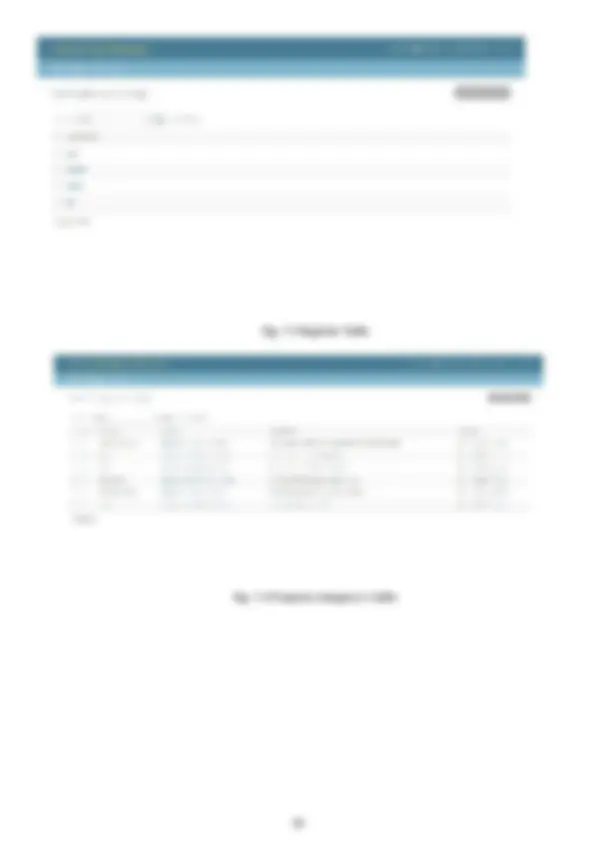
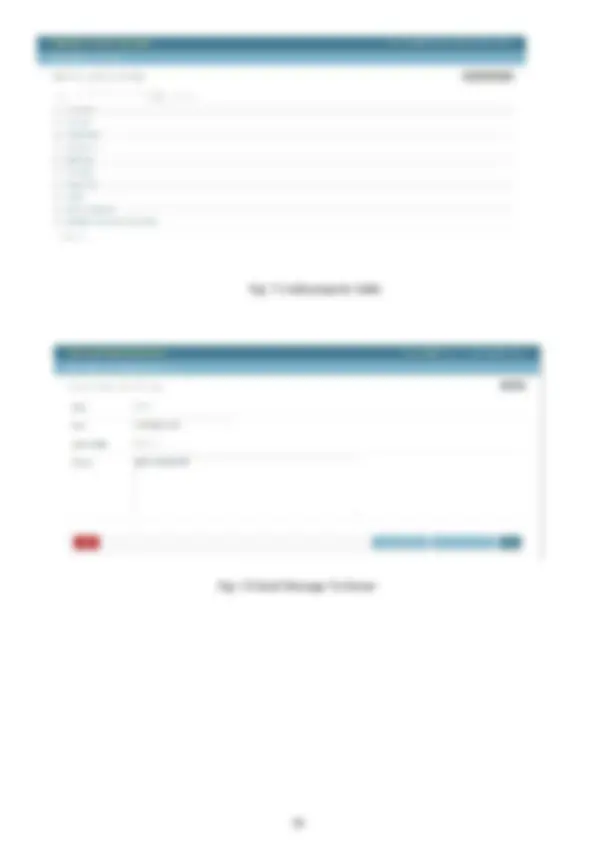
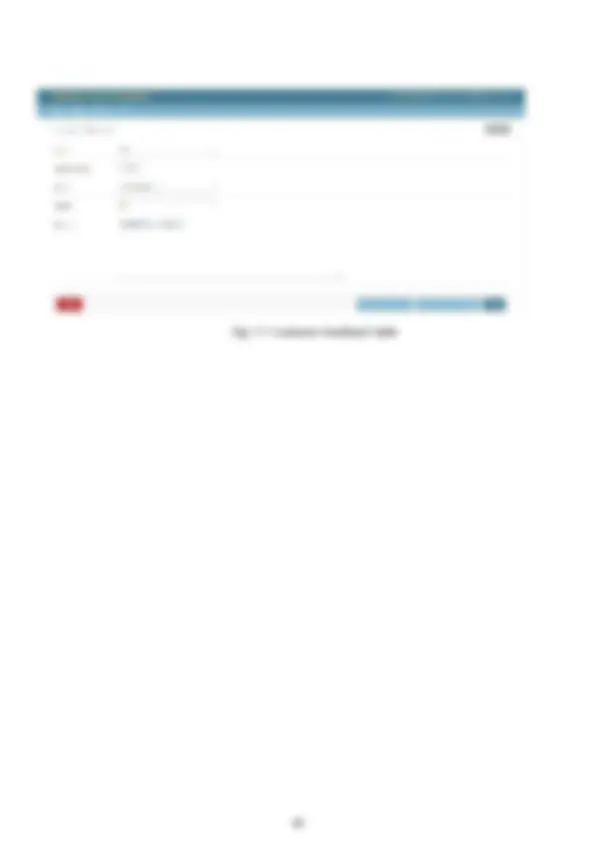
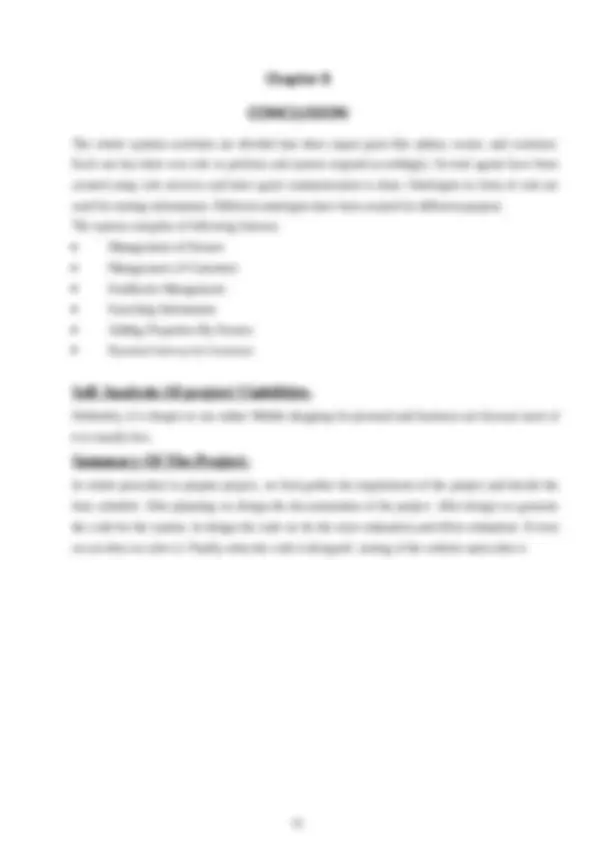
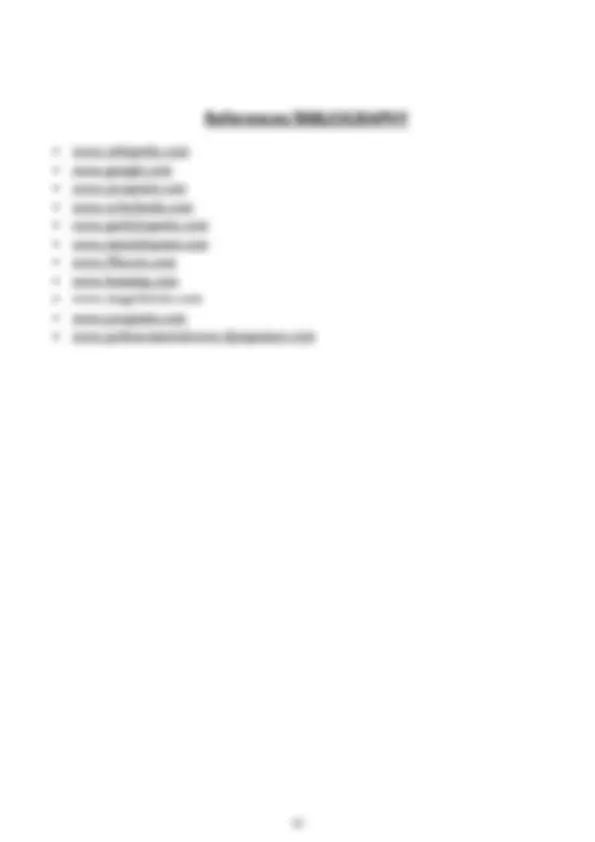


Study with the several resources on Docsity

Earn points by helping other students or get them with a premium plan


Prepare for your exams
Study with the several resources on Docsity

Earn points to download
Earn points by helping other students or get them with a premium plan
Community
Ask the community for help and clear up your study doubts
Discover the best universities in your country according to Docsity users
Free resources
Download our free guides on studying techniques, anxiety management strategies, and thesis advice from Docsity tutors
flat management ssytem in django
Typology: Study Guides, Projects, Research
1 / 47

This page cannot be seen from the preview
Don't miss anything!








































CERTIFICATE
TABLE OF CONTENTS
Chapter1:Company Profile 1- 1.1 Foundation 1.1.1 Mission &Vision 1.1.2 Achievements 1.2 Services Chapter 2:Introduction 3- 2.1 Modules 2.2 Owner side functionality 2.3 Admin side functionality 2.4 Customer side functionality Chapter 3:Methodology 7- 3.1Software Development Life Cycle 3.2 Hardware and Software Requirements Chapter 4:Technology Used 11 - 14 4.1 About Python 4.2 Front End 4.3 Back End 4.4 Database Access 4.5 File Access
Chapter 5:Feasibility Study 15 - 5.1 Technical Feasibility 5.2 Operational Feasibility 5.3 Behavioral Feasibility 5.4 Data Flow Diagrams (DFD) 5.4.1 Context Diagrams 5.5 DFD Symbols 5.5.1 External Entity 5.5.2 Process 5.5.3 Data Store 5.5.4 Data Flow 5.6 Types of DFD 5.6.1 Physical DFD vs. Logical DFD 5.6.2 Data Flow Diagram 5.6.2.1 1-Level DFD 5.6.2.2 2-Level DFD 5.6.3 ER Diagram Chapter 6: Snapshots of Project 22- 31 Chapter 7: Database 32 – 39 7.1 What is SQLite? 7.2 Why SQLite? 7.3 Django ORM Resources 7.4 Database Snapshots Chapter 8: Conclusion 40 REFERENCES/BIBLIOGRAPHY 41
to their implementation and thereafter, STS offers all business transformation outsourcing services to clients under one flagship in four different phases of consulting, developing, outsourcing and training. 1.2 SERVICES WE OFFER:
various domain experts, who work hard along with the client to identify the requirements to achieve client's goal while respecting its value. STS has devised ready to opt industry vertical consulting solutions for various processes like Business Case Analysis, Business process re-engineering and Management product, Development and Management, IT Strategy Formulation, Technology Support Development, Internal Marketing, Product Testing, Performance Management etc.
mobile computing and social media have put additional burdens on staff looking to quickly provide modern solutions. We also offer bouquet of various enterprise solutions, Android applications, Desktop applications, Web & Device Applications.
processes like collocation services, Onsite Database Administration Services, Online Counter etc., we have specialization in various industrial critical, technical and general processes. Our man resources are trained for client processes and work as client’s integral part and are fully accessible by client directly.
System Administration, Enterprise Architecture, Enterprise Network etc. STS has client based dedicated training programs to ensure client can take maximum advantage of our system, services and solutions. Apart from in-house trainers, we have ever-growing team of our training partners offering customized professional training modules to enterprising and up comings professionals. WEBSITE: www.sachtechsolution.com
CHAPTER- INTRODUCTION TO THE PROJECT House rental portal is a website where house owners, clients, and customers can exchange information effectively and inexpensively. It provides a user-friendly interface, satisfying the needs of the consumers. Employs a new strategy that facilitates easy management of rental houses. This is an absolutely fantastic rental management system for house owners. It is suitable for any kind of houses for rent. Landlords will no longer have a cumbersome time searching through voluminous book records trying to update their tenants details but instead are presented with an intuitive management dashboard that gives them an insight about their tenants and houses. With this system you can -----
This module is operated by a customer who needs to register with the application. A customer is a person who is looking for rent. The customer is activated by client(admin) and customer can search property based on specifications and can get results about the rent details.
Every house would be registered with their reservation fee, which will filled by the owner itself. It will work as follows:
-System will ask customer to pay reservation fee. -There are different payment methods – credit card, debit card, net-banking etc. -Then system will generate a receipt for fee paid by the customer.
-Home Page -Owner Registration Page: -House Owner login Page: -House Owner home Page: -View Owner profile page: -Add House details: -View added House details: -Client login: -Client Home: -View owner and activate: -View user and activate: -Customer Registration: -Customer Login: -Customer Home Page: -View Profile Page: -Search Houses: -Results Page: -About I NTRODUCTION Online rental house portal is designed to meet every aspect of the consumers. Features commercial and residential properties for the sale and rent properties.
Fig: 3.1 SDLC
A software development process is the process of dividing software devlopment work into distinct phases to improve design, product management, and project management. It is also known as a software development life cycle. The methodology may include the pre-definition of specific deliverables and artifacts that are created and completed by a project team to develop or maintain an application. Most modern development processes can be vaguely described as agile. Other methodologies include waterfall, prototyping, iterative and incremental development, spiral development, rapid application development, and extreme programming. Some people consider a life-cycle "model" a more general term for a category of methodologies and a software development "process" a more specific term to refer to a specific process chosen by a specific organization. For example, there are many specific software development processes that fit the spiral life- cycle model. The field is often considered a subset of the systems development life cycle.
TECHNOLOGY USED 4.1 ABOUT PYTHON: Python is an interpreted, object-oriented, high-level programming language with dynamic semantics. Its high-level built in data structures, combined with dynamic typing and dynamic binding, make it very attractive for Rapid Application Development, as well as for use as a scripting or glue language to connect existing components together. Python's simple, easy to learn syntax emphasizes readability and therefore reduces the cost of program maintenance. Python supports modules and packages, which encourages program modularity and code reuse. The Python interpreter and the extensive standard library are available in source or binary form without charge for all major platforms, and can be freely distributed. Python was conceived in the late 1980s, and its implementation began in December 1989 by Guido van Rossum at Centrum Wiskunde&Informatica (CWI) in the Netherlands as a successor to the ABC language (itself inspired by SETL) capable of exception handling and interfacing with the Amoeba operating system.
Python is a general purpose programming language. Hence, you can use the programming language for developing both desktop and web applications. Also, you can use Python for developing complex scientific and numeric applications. Python is designed with features to facilitate data analysis and visualization. In, February 1991, van Rossum published the code (labeled version 0.9.0) to alt.sources. Already present at this stage in development were classes with inheritance, exception handling, functions, and the core datatypes of list, dict, str and so on. Also in this initial release was a module system borrowed from Modula-3; Van Rossum describes the module as "one of Python's major programming units". Python's exception model also resembles Modula-3's, with the addition of an else clause. In 1994 comp.lang.python, the primary discussion forum for Python, was formed, marking a milestone in the growth of Python's userbase. Python reached version 1.0 in January 1994. The major new features included in this release were the functional programming tools lambda, map, filter and reduce. Van Rossum stated that "Python acquired lambda, reduce(), filter() and map(), courtesy of a Lisp hacker who missed them and submitted working patches". 4.2 FRONT END: FRONT END:
- BOOTSTRAP: Bootstrap is a free and open-source framework for faster and easier web
It is secure. It suits any web application project. It is well established. 4.4 Database Access: Django attempts to support as many features as possible on all database back-ends. However, not all database back-ends are alike, and we’ve had to make design decisions on which features to support and which assumptions we can make safely. This file describes some of the features that might be relevant to Django usage. Of course, it is not intended as a replacement for server-specific documentation or reference manuals. Django in its 'out-of-the-box' state is set up to communicate with SQLite -- a lightweight relational database included with the Python distribution. So by default, Django automatically creates a SQLite database for your project. In addition to SQLite, Django also has support for other popular databases that include: PostgreSQL, MySQL and Oracle. 4.5 File Access: In Windows, for example, a file can be any item manipulated, edited or created by the user/OS. That means files can be images, text documents, executables, and much more. Most files are organized by keeping them in individual folders. In Python, a file is categorized as either text or binary, and the difference between the two file types is important. Text files are structured as a sequence of lines, where each line includes a sequence of characters. This is what you know as code or syntax. Each line is terminated with a special character, called the EOL or End of Line character. There are several types, but the most common is the comma {,} or newline character. It ends the current line and tells the interpreter a new one has begun.
A backslash character can also be used, and it tells the interpreter that the next character – following the slash – should be treated as a new line. This character is useful when you don’t want to start a new line in the text itself but in the code. A binary file is any type of file that is not a text file. Because of their nature, binary files can only be processed by an application that know or understand the file’s structure. In other words, they must be applications that can read and interpret bin. Chapter- FEASIBILITY STUDY 5.1 TECHNICAL FEASIBILITY: It is a measure of the practically of a specific technical solution and the availability of technical resources and expertise The proposed system uses Bootstrap, CSS, HTML, JavaScript as front-end and Django server as back-end tool.